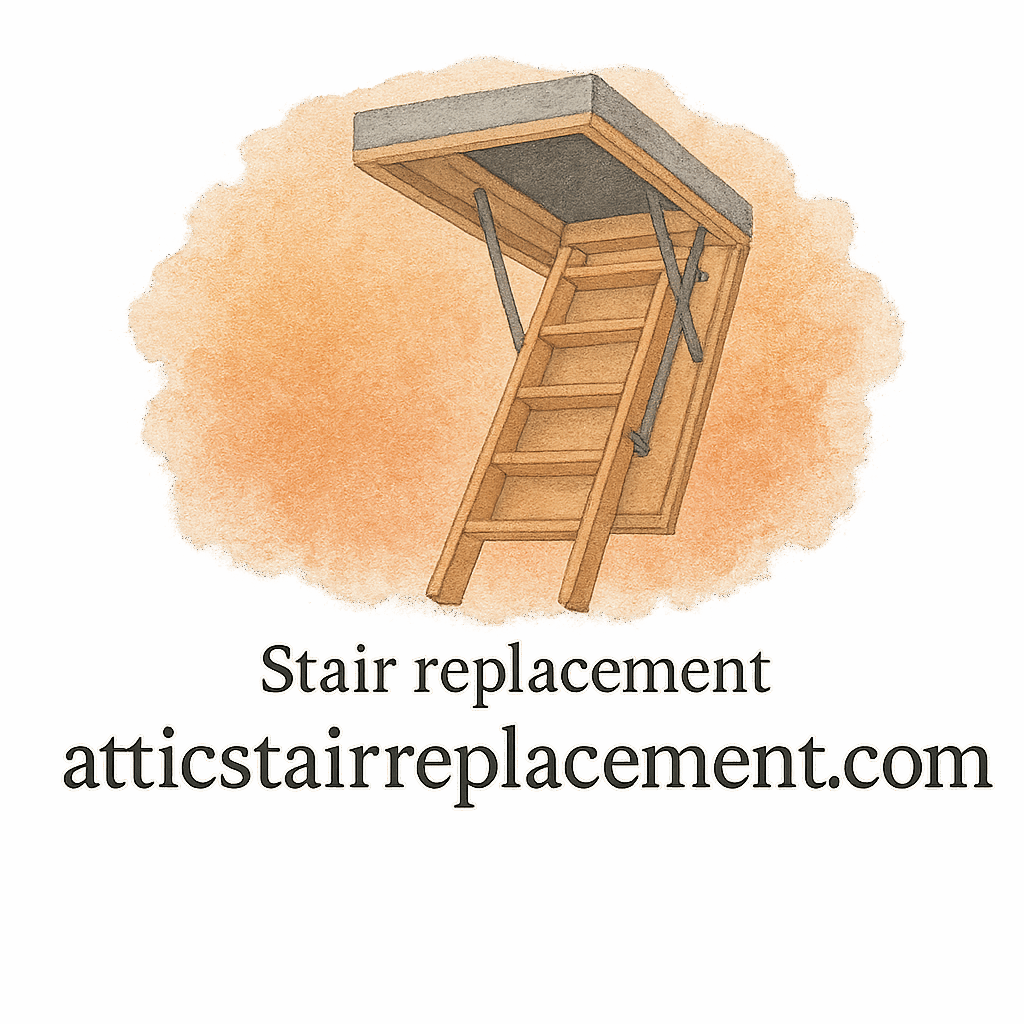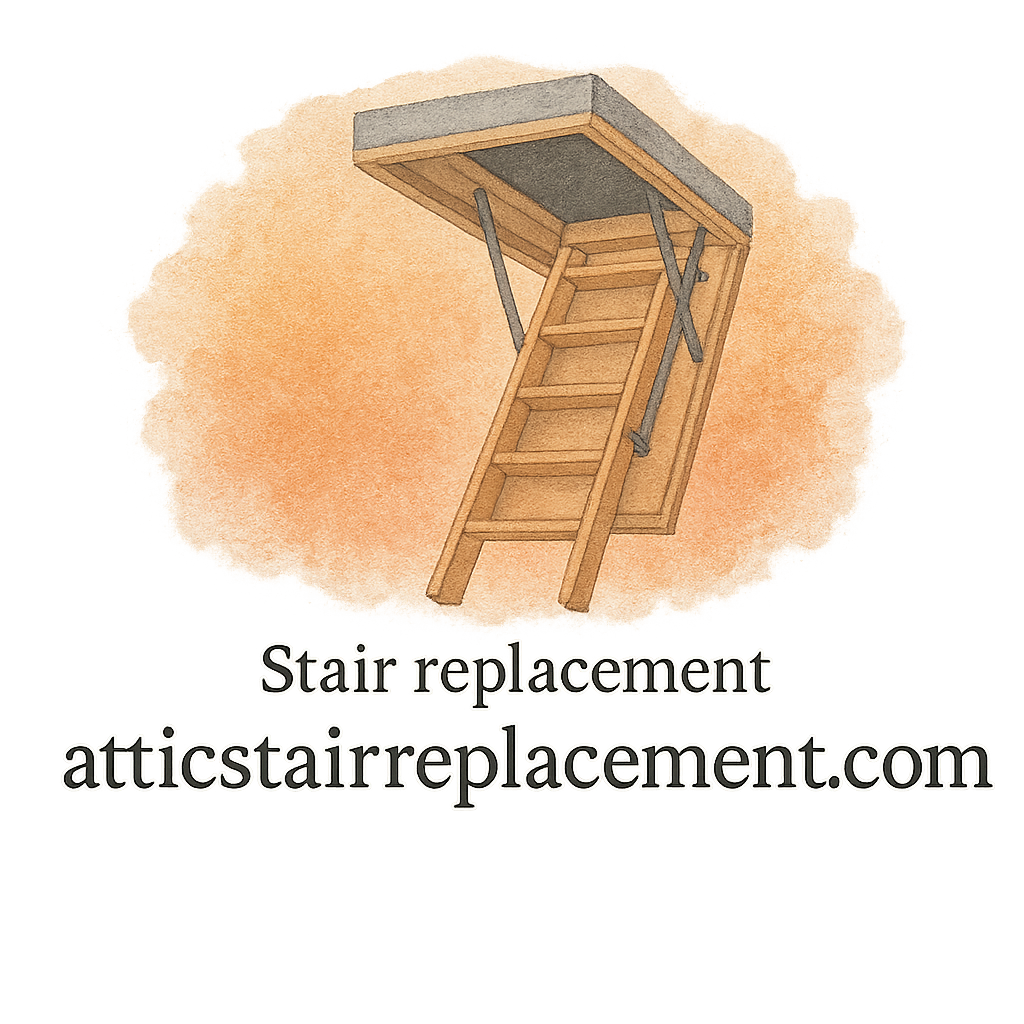Introduction
Have you just replaced your attic stairs and noticed something feels a little… off? You’re not alone. Many homeowners face unexpected challenges right after completing an attic stair replacement. From squeaky steps to hidden costs, these issues can make your brand-new installation feel less than perfect. But don’t worry—I’ll walk you through the most common problems people encounter, why they happen, and how to fix or prevent them.
If you’re planning to install new attic stairs or just finished replacing yours, this guide will save you frustration, time, and money.
Why Attic Stair Replacement Matters
Replacing attic stairs isn’t just another small home project—it plays a big role in safety, convenience, and energy efficiency. A well-installed attic ladder should give you smooth, secure access to extra storage space. A poorly installed one? That’s a recipe for constant repairs, accidents, or high energy bills.
The Role of Proper Installation
Think of attic stairs like the “bridge” to your hidden storage. If that bridge is misaligned or unstable, every trip up feels risky. Proper installation ensures stability, balance, and long-term durability.
Safety and Long-Term Functionality
Safety comes first. Weak steps, gaps around the opening, or wobbly ladders aren’t just annoyances—they can lead to injuries. A solid replacement ensures peace of mind for years to come.
Common Issues After Attic Stair Replacement
Here’s where things get interesting. Even when you buy a good model, the installation process or lack of maintenance can cause problems. Let’s go through the 8 most common issues.
1. Misalignment of the Stairs
Ever noticed your new attic ladder doesn’t sit flush? Misalignment is one of the first complaints after replacement.
Causes of Misalignment
- Incorrect measurements of the attic opening
- Uneven ceiling framing
- Rushed or poor installation
How to Prevent It
Before installation, always double-check your attic dimensions. If you’re unsure, hiring a contractor with experience is worth the cost. A level, square fit avoids long-term problems.
2. Loose or Wobbly Steps
Climbing unsteady stairs is nerve-wracking. Many homeowners discover this issue after just a few uses.
Why This Happens
- Low-quality materials
- Over-tightened or under-tightened screws
- Incorrect assembly during DIY installation
Fixing Wobbly Steps
Tighten all bolts regularly and check for cracks in the wood or metal. If the problem persists, consider upgrading to a durable or heavy-duty model.
3. Gaps Around the Attic Opening
That tiny gap might not seem like a big deal—but it can increase your energy bills.
Insulation Concerns
Heat rises, so poorly sealed attic stairs let warm air escape. That means your HVAC system works harder.
Air Leaks and Energy Bills
Sealing with weatherstripping or foam helps prevent energy waste. Many homeowners underestimate this “hidden cost” of attic stair replacement.
4. Weak or Flimsy Ladder Material
Not all attic stairs are built to last. Going for the cheapest option often backfires.
Choosing Durable Options
Look for ladders rated for higher weight capacity and made with sturdy aluminum or solid wood.
Heavy-Duty vs. Budget Models
Sure, budget models save money upfront, but heavy-duty versions last longer and provide more safety for daily use. Explore real product reviews before buying.

5. Difficulty Folding or Extending the Stairs
A new attic ladder should open smoothly, but sometimes you’ll notice stiffness.
Hinges and Springs Problems
Faulty or low-quality hinges can make folding difficult. Incorrect installation angles also cause strain.
Maintenance Tips
Lubricate hinges twice a year and check the springs. For step-by-step advice, check out our DIY installation guide.
6. Squeaking or Noisy Operation
Nothing’s more annoying than squeaks every time you unfold your stairs.
Common Noise Sources
- Metal-on-metal friction
- Dry or unlubricated joints
- Loose screws vibrating during movement
Lubrication and Adjustments
Apply silicone spray or light machine oil. If the noise continues, inspect for warped or bent parts.
7. Safety Hazards Due to Poor Installation
This is the big one. Improperly replaced attic stairs can be dangerous.
Structural Weak Points
Loose framing, uneven support, or poorly anchored screws increase the risk of collapse.
Contractor vs. DIY Installation
DIY can save money, but only if you’re confident in your skills. If not, consider hiring an expert to ensure quality and safety.
8. Hidden Costs and Ongoing Maintenance
Even after replacement, attic stairs can cost more than you expected.
Budgeting for Repairs
Many homeowners overlook costs like insulation upgrades, hinge replacements, or energy loss from air leaks.
When to Call an Expert
If repairs keep piling up, it may be more cost-effective to hire a professional for long-term solutions. Visit our maintenance and repair section for detailed guides.
Preventing Common Attic Stair Replacement Issues
The good news? Most of these problems can be avoided.
Choosing the Right Contractor
Check reviews, ask for references, and confirm they have experience with attic stair projects.
Going the DIY Route
If you’re handy, DIY is doable. Just follow a step-by-step guide and avoid common mistakes.
Following Expert Advice
Use trusted resources like expert advice and guides before starting.
Long-Term Care and Maintenance
Once installed properly, attic stairs can last for decades—but only with care.
Regular Inspections
Check for cracks, loose screws, or damaged steps at least twice a year.
Lubrication and Cleaning
Keep moving parts smooth and free of dust or debris.
When to Replace Again
If your stairs show constant problems despite maintenance, it might be time for another home improvement project.
Conclusion
Attic stair replacement might seem straightforward, but as we’ve seen, issues can pop up quickly if you don’t plan ahead. From wobbly steps to hidden costs, knowing what to expect—and how to prevent it—saves you money, stress, and headaches. Whether you go DIY or hire a contractor, the key is preparation, quality materials, and regular maintenance.
Don’t let small mistakes turn into big problems. Invest wisely, care for your attic stairs, and they’ll serve you safely for years.
FAQs
1. How do I stop my attic stairs from squeaking?
Lubricate the hinges and joints with silicone spray. If squeaking continues, check for loose screws or bent parts.
2. Can I install attic stairs myself?
Yes, with proper tools and a good DIY installation guide. But if you’re unsure, hire a contractor for safety.
3. What’s the average cost of attic stair replacement?
Costs vary, but most range from $300–$800, depending on the model and labor.
4. How do I know if my attic stairs are safe?
Look for wobbly steps, cracks, and loose hinges. A secure ladder should feel solid underfoot.
5. Are aluminum attic stairs better than wood?
Aluminum is lighter and more durable, while wood offers a classic look but may require more care.
6. How often should attic stairs be inspected?
At least twice a year. Inspections help catch issues early before they become major repairs.
7. What’s the biggest mistake homeowners make with attic stair replacement?
Choosing cheap, flimsy models or cutting corners on installation. Quality and safety should always come first.


